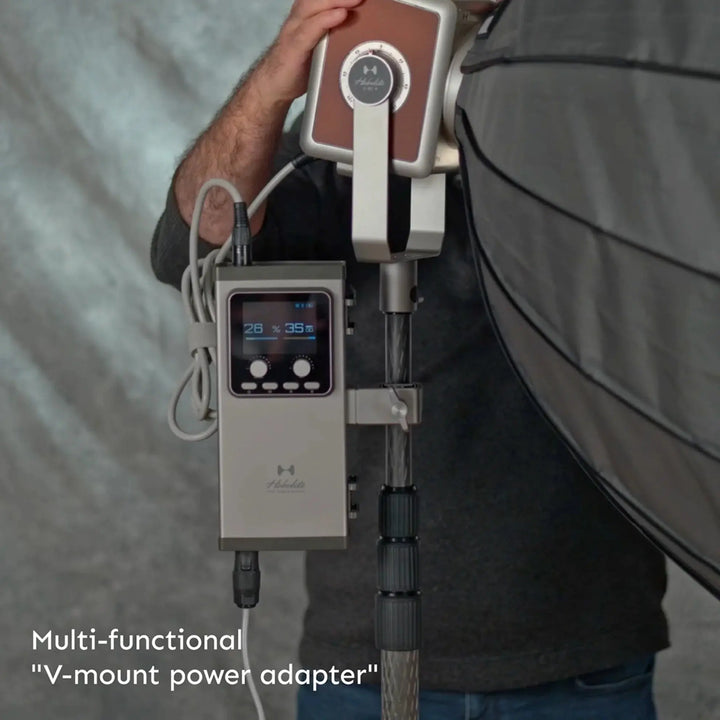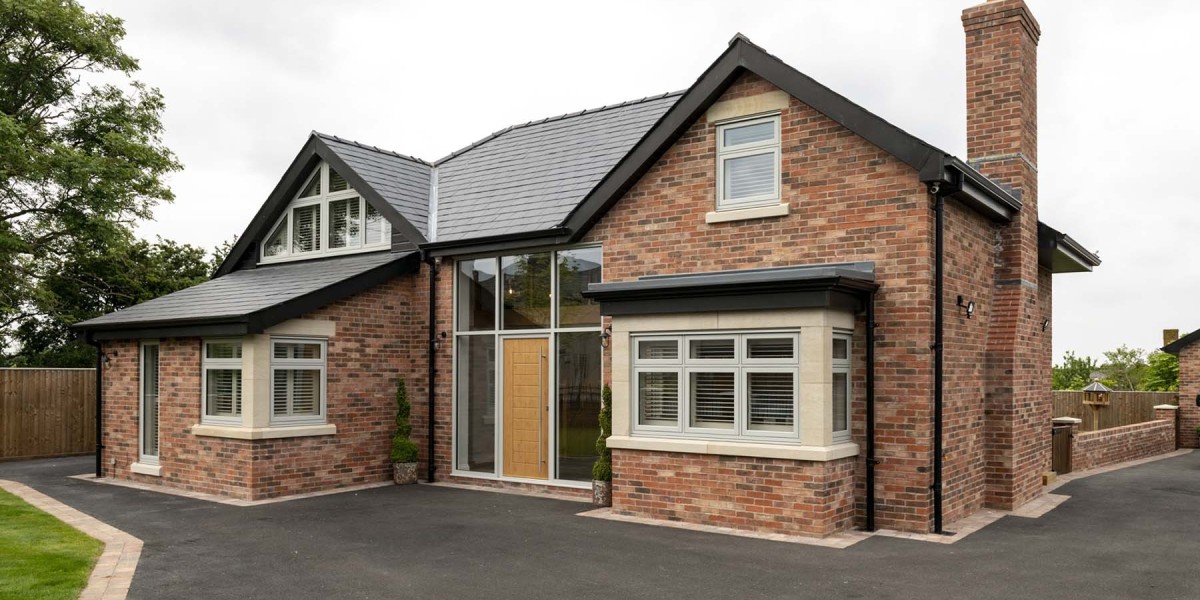Discover the Secrets to Choosing the Perfect Studio Lighting Gear!
In the world of photography and videography, lighting is often the unsung hero. It has the power to transform an ordinary shot into something extraordinary, enhancing the mood, depth, and overall quality of the work. Good lighting can make the difference between a flat image and one that truly captivates the viewer. Whether you’re a budding photographer, a seasoned videographer, or someone who simply enjoys documenting moments, understanding studio lighting is crucial. In this article, we’ll explore the various types of studio lighting equipment, how to assess your needs, the key features to look for, different lighting techniques, and where to purchase your gear. With the right information, you can make informed decisions that will elevate your creative projects to new heights.

Understanding the Basics of Studio Lighting Equipment
When it comes to studio lighting equipment, there are several key types to consider. Continuous lights provide a constant source of illumination, allowing you to see the effects of your lighting in real-time, which is particularly helpful for beginners. Flash units, on the other hand, emit a burst of light, creating dramatic effects and allowing for greater control over exposure. LED lights have surged in popularity due to their energy efficiency and versatility, offering adjustable brightness and color temperature. Each type plays a unique role in shaping the mood and atmosphere of your studio setup. For instance, soft lighting can create a warm, inviting feel, while harsh lighting can evoke starkness and drama. Understanding these fundamental differences will guide you in selecting the right equipment for your specific needs.
Assessing Your Needs and Budget
Before diving into the world of studio lighting, it's essential to assess your specific needs based on the type of photography or videography you’re pursuing. Are you primarily focused on portraits, product photography, or perhaps live streaming? Each of these categories may require different lighting setups. For instance, portrait photography often benefits from soft, diffused lighting to flatter the subject, while product photography may require more focused lighting to highlight details. Additionally, setting a realistic budget is crucial. While it can be tempting to go for the most expensive gear, many affordable options deliver excellent results. A friend of mine, a passionate photographer, initially overspent on high-end equipment but later realized that a well-thought-out budget allowed him to invest in accessories that truly enhanced his work.
Key Features to Look for in Studio Lighting Gear
When selecting studio lighting equipment, certain features should be at the forefront of your decision-making process. Brightness is paramount; you want lights that can be adjusted to suit different environments and subjects. Color temperature is another vital aspect, as it affects the warmth or coolness of your images; look for lights that allow you to adjust this setting for optimal results. Portability is also worth considering, especially if you plan to shoot on location frequently. A friend of mine who often travels for shoots swears by lightweight LED panels that can easily fit into his backpack. Lastly, ease of use is essential—choose gear that you can set up quickly and intuitively without needing to consult a manual every time.
Different Lighting Techniques and Their Applications
Understanding various lighting techniques can significantly elevate your photography and videography. Key lighting is the main source that defines the subject, while fill lighting softens shadows created by the key light. Backlighting, on the other hand, can add depth and dimension to your images by creating a halo effect around your subjects. My friend often experiments with backlighting in her landscape photography, resulting in stunning images that capture the essence of the moment. Other techniques, like side lighting and high-key lighting, have their unique applications as well. Each technique can be adapted to suit specific scenarios, allowing you to tell your story visually and creatively.
Where to Purchase Studio Lighting Equipment
When it comes to purchasing studio lighting equipment, you have a variety of options. Online retailers offer convenience and often a wider selection, allowing you to compare products and read reviews before making a decision. Local photography shops can provide valuable hands-on experience, allowing you to test equipment before buying. Additionally, exploring second-hand marketplaces can lead to fantastic deals, although it’s essential to evaluate sellers carefully to ensure you’re making a sound investment. A friend of mine scored a great deal on a used lighting kit from a local seller, and it has served her well for several years. Always ask questions and, if possible, test the gear before finalizing your purchase to ensure it meets your needs.
Final Thoughts on Selecting Studio Lighting
Choosing the right studio lighting equipment can seem daunting, but with the right approach, it can be a rewarding process. By understanding the different types of lighting, assessing your specific needs and budget, considering essential features, and exploring various purchasing options, you can find the perfect gear that aligns with your creative vision. Remember, investing time in research and making informed decisions will pay off in the quality of your work. So take your time, explore your options, and let your creativity shine through the perfect lighting!







